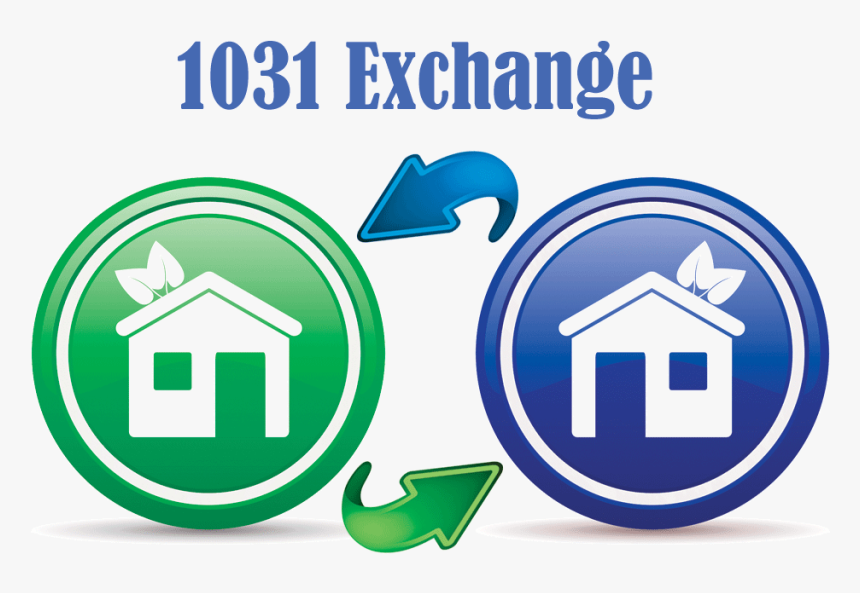A 1031 Exchange is a terrific way to defer capital gains income taxes in the selling of an expenditure home. But there are many rules you must know to finish the swap. In this article, we’ll supply you with a crash study course on 1031 Exchanges to be able to make best use of this tax-deferment approach.
Just what is a 1031 Exchange?
A 1031 Exchange Timelines and Rules is a financial transaction by which an investor markets a smart investment home and reinvests the profits through the purchase in a new house. This permits the trader to defer paying investment capital profits taxation in the sale from the original property.
To the exchange to be reasonable, the subsequent policies should be achieved:
The attributes has to be kept for purchase or utilization in a company. Residence organised for private use, such as a principal residence, is not going to meet the criteria.
The attributes must be traded for other expenditure or organization components of like type. Consequently the components has to be similar naturally, persona, and function.
The tax payer must identify possible substitute properties within 45 events of offering the original home. The tax payer has up to 180 days and nights from your day of sale to finish purchasing the alternative home.
The tax payer must acquire and consider label for the substitute residence.
All earnings from your selling of your initial house should be used to buy the replacing home. The taxpayer cannot wallet some of the income from your selling.
The tax payer must comprehensive the exchange within 1 year from your particular date of sale of the initial home.
If most of these regulations are satisfied, then your tax payer can defer paying capital results taxation on the transaction with their purchase home. This may be a easy way to reinvest in your profile without going for a struck on the fees.
Conclusion:
A 1031 Exchange can be the best way to defer capital profits taxes when promoting an investment property. But many regulations must be followed for it to be reasonable. By understanding these regulations and following them tightly, you can make consumption of this tax-deferment technique to expand your collection without getting a hit on the taxation.
